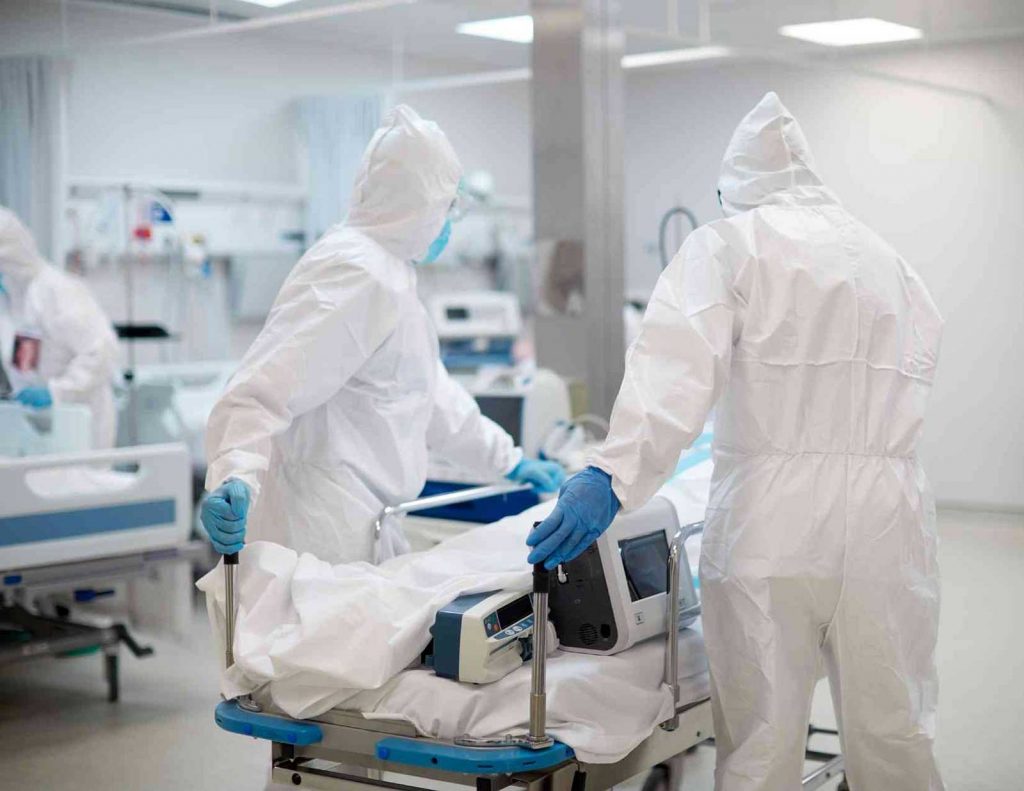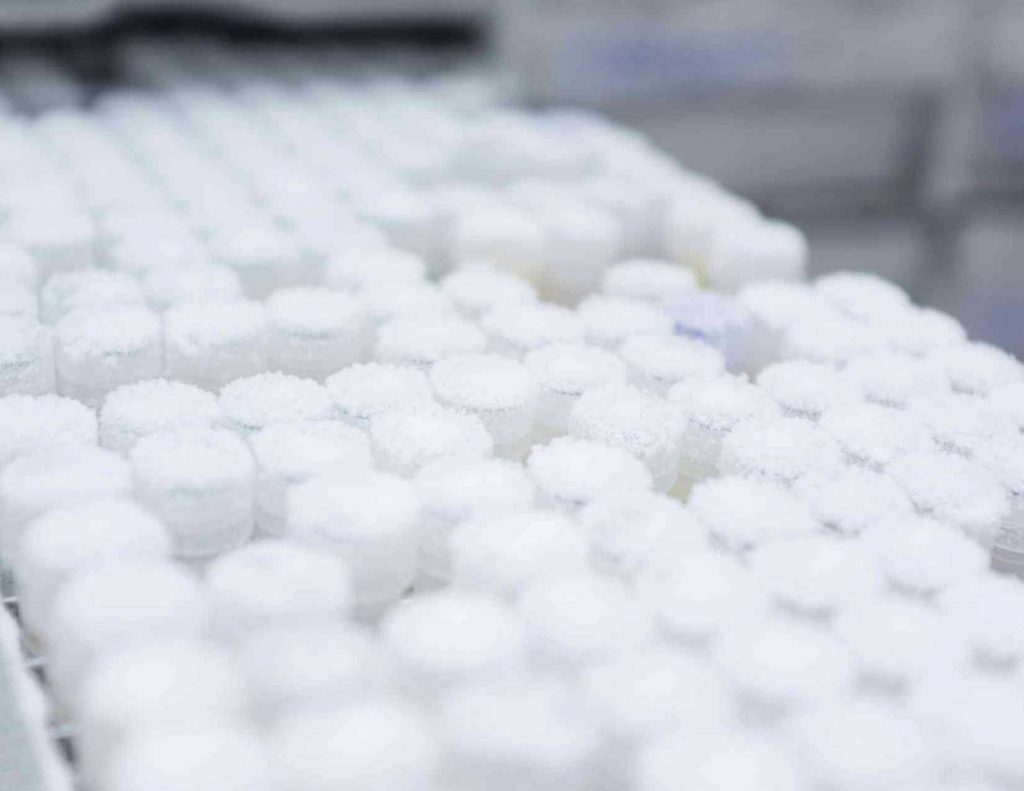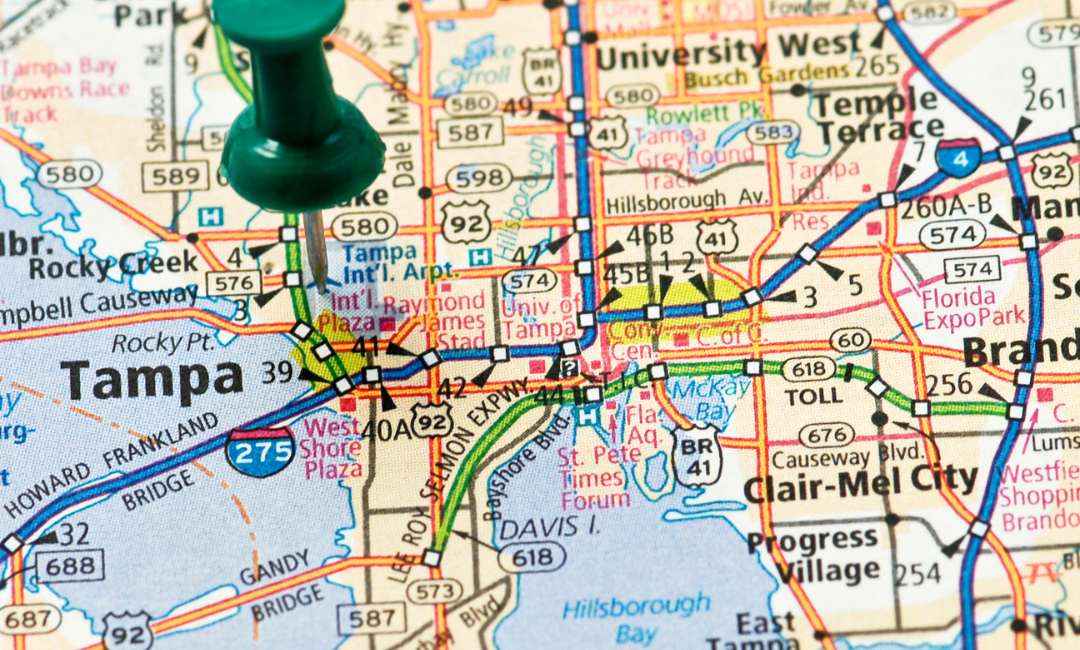Effectiveness
Every vaccine has clinical trials and data to back up the research portion of its clearance and access. This includes signs and symptoms, efficacy, mortality, and other observed data.
If a vaccine states that it is 90% effective at preventing illness, that means that people receiving the vaccine were 90% less likely to become sick compared to those who received the placebo version of the vaccine.
The Johnson and Johnson vaccine trial looked at different patient outcomes throughout different parts of the world.
Within the United States, the vaccine was found to be 72% effective at preventing moderate to severe cases of COVID-19. That number of effectiveness varied as the vaccine was tested in other parts of the world.
In Latin America, where another COVID variant was found, the vaccine was shown to be 66% effective. However, when researchers looked specifically at the vaccine’s protection against the most severe forms of the illness, the effectiveness was 86%. It also proved to prevent 100% of hospitalizations and deaths related to COVID-19. This is a drastic contrast to the Pfizer/BioNTech and Moderna vaccines.
Bonus! The Johnson and Johnson vaccine’s lasting effectiveness was shown to increase over time, with more than 90 % protection after a month and a half following the administration of the vaccine.
So, in short, this means that if a person did contract the virus, their symptoms were more easily managed at home, and they were less likely to end up with severe illness from COVID-19… aka no hospital stay and no vent time!
At first glance, the Johnson and Johnson vaccine, with a 72% effectiveness, appears to be an inferior option to the Pfizer/BioNTech and Moderna vaccines which both report a 95% effectiveness rate in their phase 3 clinical trials. However, health experts are saying that the differing percentages should in no way suggest that the Johson and Johnson vaccine is 23% LESS effective.
Why is that?
People should not compare Pfizer and Moderna vaccines’ effectiveness directly to the Johnson & Johnson vaccines.
Ok…but again, why?
Because the trials for each of the different types of vaccines were conducted differently, the vaccines were studied at different junctures within the pandemic when different variants of the virus were in circulation.
The virus, as we know, is constantly changing and evolving. So, potentially, if the Pfizer/BioNTech and Moderna vaccines were in stage 3 clinical trial with the same viral variants and stage of progression as the Johnson and Johnson vaccine, they would more than likely have the same effectiveness.
“What are the benefits?”
The Johnson and Johnson vaccine can be stored at regular refrigeration temperatures comparatively to the other two vaccines, making it easier to transport and distribute to areas such as mobile drive-thru sites or into rural areas.
With the single dose capability, it has the potential to reach more people in a shorter amount of time, especially those with logistical barriers.
Dr. Muriel Jean-Jacques explained this distribution advantage to NBC News, stating, “It has literally taken the National Guard and the military to get the vaccine out effectively to many rural communities. How wonderful it is to be able to do that much more simply.”
Additionally, researchers found a decrease in the reported severity of vaccine side effects with the Johnson and Johnson vaccine, compared to the Pfizer/BioNTech and Moderna counterparts.








